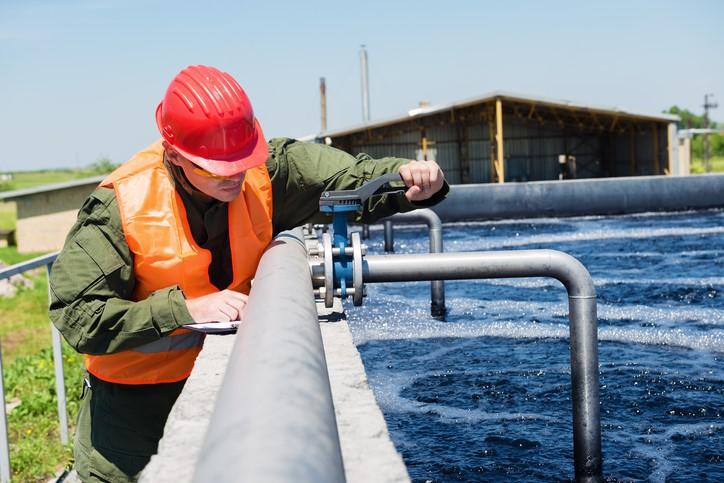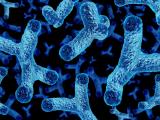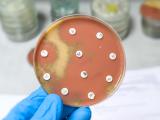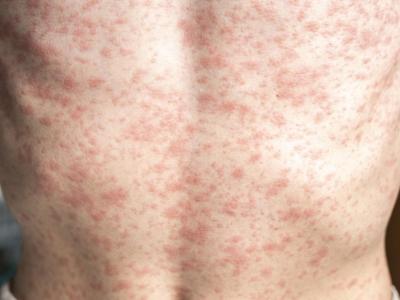A study today by scientists in England and China is providing new evidence that low concentrations of antibiotics in the environment could be contributing to the evolution of antibiotic resistance.
In a study published in the journal mBio, researchers with the University of Exeter Medical School, the University of Hong Kong, and drug-maker AstraZeneca report that even when bacterial communities in wastewater are exposed to small amounts of the antibiotic cefotaxime, selection pressure for clinically important antibiotic-resistant genes occurs. Moreover, they also found that the selection pressure for resistance may be just as strong as when exposed to high concentrations of the drug.
The findings are important because they suggest that environments that are commonly found to have trace amounts of antibiotics, such as hospital effluent and rivers and streams that receive wastewater, could be an important, and overlooked, breeding ground for antibiotic-resistant bacteria
"The significance of this finding is that environments with very low antibiotic concentrations (eg, natural environments) may be just as important in selection for antibiotic resistance as environments with very high antibiotic concentrations (eg, hospitals, and in the human or animal gut during antibiotic therapy)," lead study author Aimee Murray, PhD, a research fellow at University of Exeter Medical School, said in an email to CIDRAP News.
Selection for an important resistance gene
In the study, Murray and her colleagues exposed raw, untreated wastewater from a sewage treatment plant to varying amounts of cefotaxime, a third-generation cephalosporin that's used to treat a wide variety of infections and has been recognized by the World Health Organization as a critically important antibiotic.
"Wastewater can contain a cocktail of antibiotics and other chemicals which may select for antibiotic resistance," Murray explained. "Therefore wastewater is ideal for studying the effects these antibiotics and chemicals may have on the very bacterial communities being exposed to them."
The levels of cefotaxime ranged from the minimal selective concentration—a sub-inhibitory amount that's just enough to select for resistance and is similar to antibiotic levels previously found in treated wastewater and surface waters—to levels used to treat clinical bacterial infections. While previous research has shown that resistance can occur when individual species of bacteria are exposed to low concentrations of antibiotics, the impact on complex microbial communities, where different species of bacteria are competing against one another, is less clear.
Metagenome analysis of the samples, and comparison with a control sample that wasn't exposed to the antibiotics, revealed that the beta-lactam resistance gene blaCTX-M was the most abundant antibiotic-resistance mechanism. Even at the lowest concentration of cefotaxime, the abundance of blaCTX-M increased by eightfold over the control sample.
In addition, while cefotaxime exposure killed off many species of bacteria in the wastewater samples, it also increased the presence of dangerous gram-negative pathogens such as Pseudomonas aeruginosa and Acinetobacter baumannii. Co-selection for other resistance to other antibiotics was also observed.
"This increases the relevance of our research to real-world environments, as bacteria do not exist as single species but in complex communities where competition within and between different species may affect bacterial fitness and selection for antibiotic resistance," Murray said.
Murray and her colleagues theorize that the selection for blaCTX-M at environmentally relevant concentrations of cefotaxime is likely due to clonal expansion of bacteria carrying the gene, along with the horizontal transfer of plasmids carrying the gene. And the fact that blaCTX-M appeared to outcompete other resistance genes at all concentrations could explain the worldwide spread of CTX-M-type genes, which have become increasingly prevalent in urinary tract infections.
But while the prevalence of the blaCTX-M gene increased over time and with higher amounts of cefotaxime, it ultimately reached a plateau and remained relatively constant until it was exposed to concentrations that were 30 and 50 times the amount used in clinical settings. The researchers believe this could be the result of the antibiotic-resistant bacteria degrading the cefotaxime and providing protection for susceptible bacteria.
That discovery could have clinical relevance, the researchers suggest, because during antibiotic treatment, antibiotic concentrations can be different in different parts of the body. As a result, even sub-inhibitory levels of antibiotics in some parts of the body, like the gut, could be selecting for resistant bacteria.
"This finding shows we need to understand how bacteria evolve in communities rather than isolation, and further work is needed to understand how we can use these findings to improve antibiotic stewardship and treatment," Murray said.
Environmental resistance
The study adds to a growing concern about the environmental dimension of antibiotic resistance. Several studies in recent years have documented the presence of antibiotics, and antibiotic resistance genes, in agricultural soil, river and lake sediment, tidal estuaries, and wastewater facilities. Understanding how antibiotics and antibiotic resistance impact the environment, and how to mitigate the effects, is part of the One Health approach to antimicrobial stewardship
Antibiotic residues can follow several paths into the environment. According to a recent United Nations report, up to 80% of antibiotics are excreted unmetabolized through human urine and feces into sewage systems. Likewise, antibiotics used in food-producing animals are excreted through manure, which is spread onto fields as fertilizer and can be carried into nearby lakes and streams. Pharmaceutical production facilities also release antibiotic residues into waterways.
The question is how much this environmental contamination is contributing to the evolution of antibiotic resistant bacteria, and how much of an impact, if any, it's having on human health.
"There is currently very little known about the effects antibiotics and other selective chemicals in the environment may have on evolution of antibiotic resistance," Murray said. "This research is contributing to filling that knowledge gap."
The study was funded in part by AstraZeneca.
See also:
Jul 24 mBio study
























